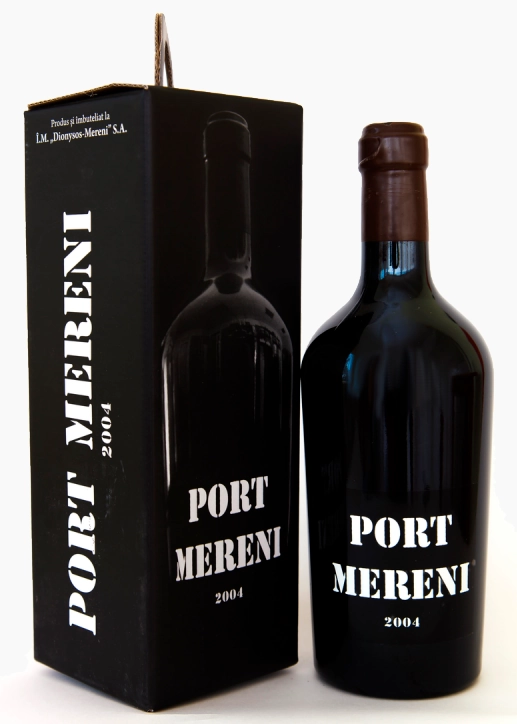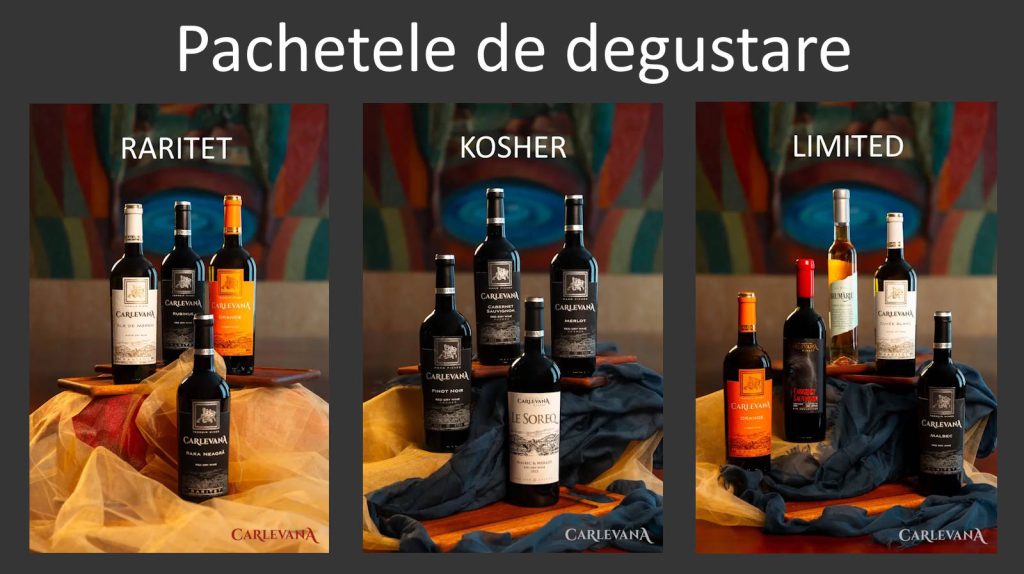Exploring the Rich World of Sweet Red Wines: Types, Characteristics, and Pairing Tips
Sweet red wines are beloved for their luscious sweetness, rich flavor profiles, and versatility in pairing with foods. Defined by their higher residual sugar content, these wines offer a decadent experience for wine lovers, whether enjoyed as a dessert wine, paired with savory dishes, or sipped on their own. In this article, we’ll dive into the defining characteristics, common types, and the best ways to enjoy sweet red wines.
What Defines Sweet Red Wines?

Sweet red wines stand out from their dry counterparts due to their residual sugar (RS) content. Residual sugar is the amount of sugar left in the wine after fermentation. Sweet red wines typically have more than 30 grams of sugar per liter, with some dessert wines containing over 100 grams per liter.
This higher sugar level provides the wine’s signature sweetness, which can range from mildly sweet to syrupy and rich. The sugar content, along with factors like acidity, tannins, and alcohol content, contribute to the wine’s overall balance and flavor profile.
Key Characteristics of Sweet Red Wines
- Residual Sugar: The most defining feature, residual sugar not only gives the wine its sweetness but also contributes to a fuller body and richer mouthfeel. Depending on the style, sweet red wines can range from lightly sweet to decadently rich.
- Flavor Profile: Sweet red wines are often known for their fruit-forward flavors, including:
- Dark fruits: Blackberry, cherry, plum, and fig.
- Chocolate and caramel: Especially prominent in fortified wines like Port.
- Spicy notes: These can include clove, cinnamon, and nutmeg, which add depth and complexity to the wine.
- Tannins: While tannins are present in sweet red wines, they tend to be less pronounced than in dry wines. The natural sweetness of the wine often masks the bitterness and astringency of tannins, giving sweet red wines a smoother, more velvety texture.
- Acidity: Despite their sweetness, many red sweet wines have a good level of acidity. This helps prevent the wine from feeling overly cloying, providing a refreshing balance that keeps the palate lively.
- Alcohol Content: Sweet red wines can vary significantly in alcohol content, typically ranging between 12% and 20% ABV. Fortified sweet red wines like Port tend to have a higher alcohol content because they are fortified with brandy, which boosts both sweetness and alcohol levels.
Common Types of Sweet Red Wines

Sweet red wines come in a variety of styles, from naturally sweet to fortified options. Here are some of the most popular types:
- Lambrusco: This Italian sparkling red wine can range from dry to sweet, with the sweeter versions being particularly fruity and effervescent. It offers bright, refreshing flavors of red berries like strawberries and raspberries, and its light spritz makes it an ideal choice for warm-weather sipping.
- Brachetto d’Acqui: Another Italian gem, Brachetto d’Acqui is a semi-sparkling sweet red wine known for its intense aromas of rose petals and red fruits. Low in alcohol but high in sweetness, it’s perfect for pairing with fruity desserts or chocolates.
- Port: Port wine is perhaps the most famous of the fortified sweet red wines, hailing from Portugal. With rich flavors of dark fruits, chocolate, and caramel, it’s a luxurious and decadent wine that comes in a variety of styles, including Ruby Port (fresh and fruity) and Tawny Port (nutty, caramelized, and spiced due to extended aging).
- Muscadine: Native to the southeastern United States, Muscadine wines are known for their unique, bold flavors. Sweet Muscadine wines are often thick and syrupy, with notes of grape, tropical fruits, and honey, making them a distinct choice for lovers of bold, sweet wines.
- Sweet Malbec: While Malbec is typically known as a dry red wine, some producers create sweeter variations. These wines offer flavors of chocolate and black currants, making them a delightful pairing with both savory and sweet dishes.
- Vin Doux Naturel: A French fortified wine, Vin Doux Naturel is made by halting fermentation early to preserve the grape’s natural sugars. This process results in a rich, sweet wine with flavors of ripe fruit and spice, often enjoyed as a dessert wine.
Food Pairing with Sweet Red Wines

Sweet red wines are incredibly versatile when it comes to food pairings. Their sweetness can complement both savory and sweet dishes, making them an excellent choice for a wide variety of occasions.
- Chocolate Desserts: Rich, fortified red sweet wines like Port or Banyuls are a perfect match for chocolate-based desserts like brownies, chocolate cake, or chocolate mousse. The wine’s sweetness balances the bitterness of dark chocolate while enhancing its richness.
- Fruit Desserts: Lighter sweet red wines, such as Brachetto d’Acqui or Lambrusco, pair beautifully with fruit-based desserts like berry tarts, pavlovas, or fresh fruit salads. The wine’s fruity notes complement the natural sweetness of the fruits, creating a harmonious dessert pairing.
- Cheese: Strong cheeses, particularly blue cheese or aged cheddar, pair wonderfully with fortified sweet wines like Port. The wine’s sweetness cuts through the saltiness of the cheese, creating a balanced and satisfying combination.
- Spicy Foods: Sweet red wines with a hint of effervescence, such as Lambrusco, can complement spicy dishes, especially those from Asian or Mexican cuisine. The wine’s sweetness can help mellow out the heat from spicy food while refreshing the palate.
How to Serve Sweet Red Wine
To get the most out of your sweet red wine, it’s essential to serve it at the right temperature and in the right glassware.
- Temperature: For lighter sweet red wines, serve them slightly chilled (12-14°C or 54-57°F) to bring out their refreshing qualities. Heavier fortified wines like Port are best served at slightly warmer temperatures, closer to room temperature.
- Glassware: Use smaller, tulip-shaped glasses to concentrate the wine’s aromas and focus the sweetness on the palate. This is especially important for fortified sweet wines, which can be quite rich.
- Storage: After opening, fortified wines like Port can last for weeks due to their higher alcohol content, while lighter sweet reds should be consumed within a few days for the best flavor.
Conclusion about Sweet Red Wine
Sweet red wines offer an array of flavors and styles, from light and fruity to rich and decadent. Whether you’re sipping a sparkling Lambrusco, indulging in a luxurious Port, or enjoying a refreshing Brachetto d’Acqui, there’s a sweet red wine for every palate and occasion. These wines shine when paired with desserts, savory dishes, or even on their own, making them a versatile and indulgent option for any wine enthusiast.
A wonderful collection of wines at Carlevana Winery! You can buy Moldovan wine in the Chisinau wine store – quality proven by time.


